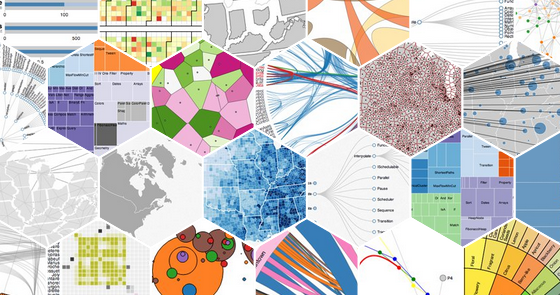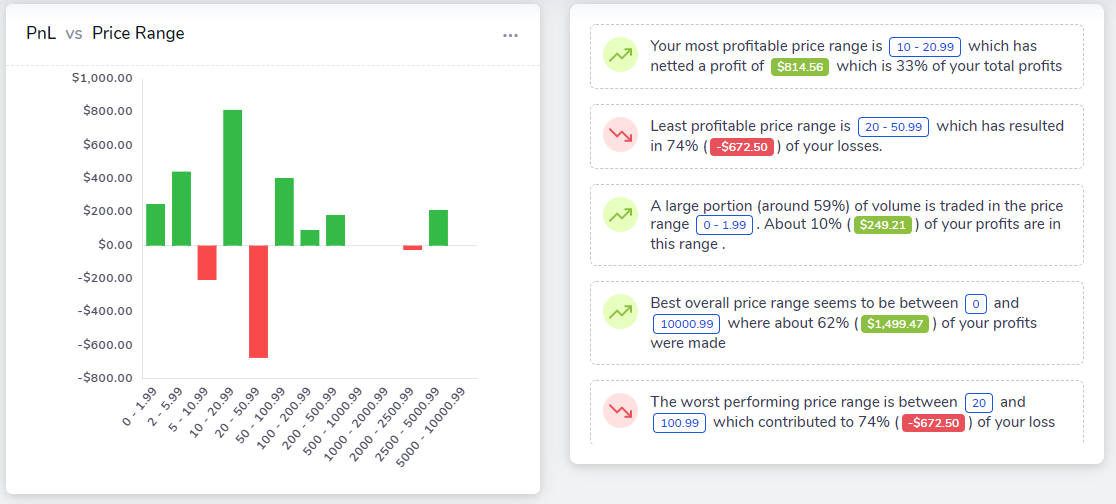

- #INTERACTIVE STOCK CHARTING SOFTWARE FULL#
- #INTERACTIVE STOCK CHARTING SOFTWARE SOFTWARE#
An on-balance chart for an S&P 500 exchange-traded fund (ETF). More often than not, a chart will derive its name from the technical indicator plotted and the security analyzed. Renko charts – built purely on price movements as opposed to price changes at timed intervals and volume traded like most technical charts. They’ll also indicate the closing prices and opening prices over the short run and long run as well Japanese Candlestick charts – show the daily highs and lows of prices of equity securities, derivatives, and currencies. Minute charts – show price changes after set time intervals for instance, five-minute or twenty-minute stock charts show the movement in stock prices and volume after the set time lapses. Typically, 1 tick = 1 trade, for instance, a 144-tick chart illustrates a bar to symbolize a transaction every time you make 144 trades Tick charts – show a tick or bar to indicate the number of trades that have occurred. Most charts that you’re likely to come across are price and volume charts, as expected, which include: #INTERACTIVE STOCK CHARTING SOFTWARE SOFTWARE#
The more indicators a trader is aware of, the more trading charts and charting software they’re able to employ. And there’s continuous development of the current ones, which makes for a huge pool of indicators that traders can use. New trading strategies keep coming up from time to time. Relative strength index – charts the gains and losses on securities.Open interest on derivatives (futures and options) – used to chart the total number of open/outstanding derivative contracts.Support and resistance levels – used to chart specific security supply and demand zones to indicate the position of buyers and sellers.Moving averages (simple, and convergence and divergence averages) – used to chart price averages over a particular period, for instance, 20 days, 50 days, or 200 days.Oscillators – used to chart overbought and oversold securities usually over a short-term trading period.
 Volume and momentum of assets traded to chart on-balance volume shifts (the difference between total volume traded when there is a price rally and when the prices are dipping). Historical price trends and movement of securities. Trading indicators mainly stem from the use of statistical methods and mathematical calculations, which provide the financial data for charting. They combine their findings to double down on technical analysis. For good measure, smart traders leverage short-term fundamental evaluation from quarterly and half-year financial reports. One wrong move could result in unreliable data and massive losses. It requires a keen eye and analytical mindset for you to get near-perfect estimates.
Volume and momentum of assets traded to chart on-balance volume shifts (the difference between total volume traded when there is a price rally and when the prices are dipping). Historical price trends and movement of securities. Trading indicators mainly stem from the use of statistical methods and mathematical calculations, which provide the financial data for charting. They combine their findings to double down on technical analysis. For good measure, smart traders leverage short-term fundamental evaluation from quarterly and half-year financial reports. One wrong move could result in unreliable data and massive losses. It requires a keen eye and analytical mindset for you to get near-perfect estimates. #INTERACTIVE STOCK CHARTING SOFTWARE FULL#
Full disclosure: technical analysis and charting as a whole is no walk in the park. You’ll need to learn and grasp all the relevant technical indicators and tie them to a technical trading analysis chart. Trading charts primarily revolve around trading indicators. Skipping this critical step or skimming through it isn’t a good look, especially for short-term securities strategists such as day traders.


How many financial assets investment tracking charts do you know? Identifying and understanding these crucial trading tools is the rightful starting point for any trader before downloading a charting software.








 0 kommentar(er)
0 kommentar(er)
